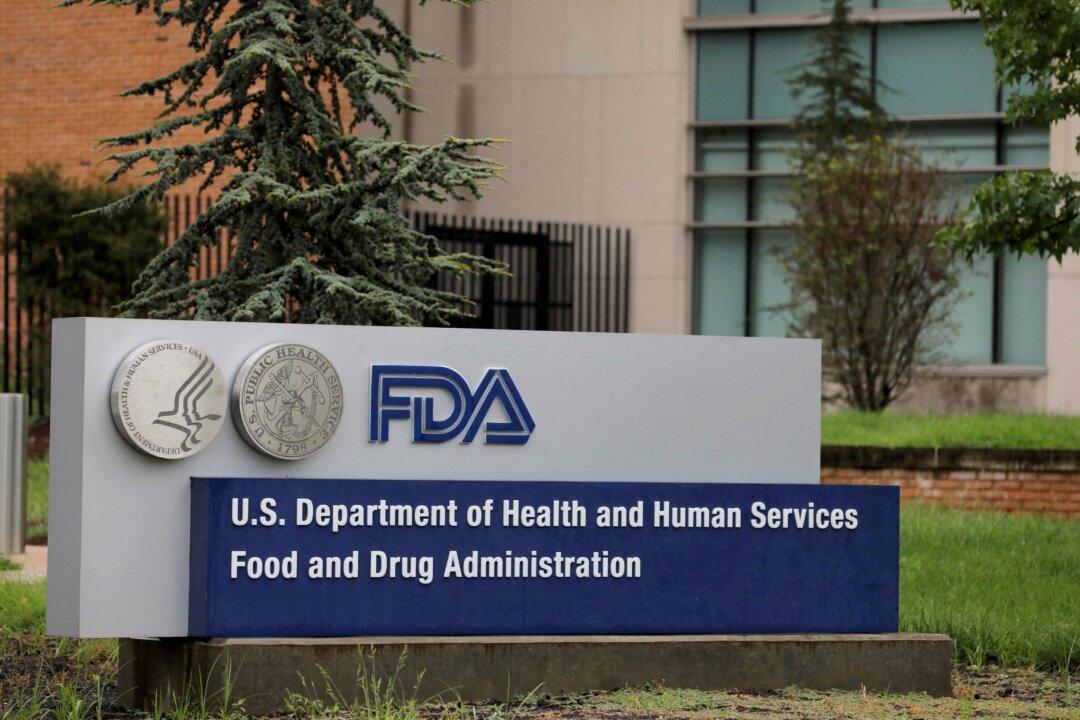The U.S. Food and Drug Administration (FDA) has approved CSL Behring’s hemophilia B gene therapy, a one-off infusion treatment with a list price of $3.5 million, making it the world’s most expensive medicine.
The approval of CSL Behring’s Hemgenix “provides a new treatment option for patients with Hemophilia B and represents important progress in the development of innovative therapies for those experiencing a high burden of disease associated with this form of hemophilia,” said Peter Marks, director of the FDA’s Center for Biologics Evaluation and Research.





